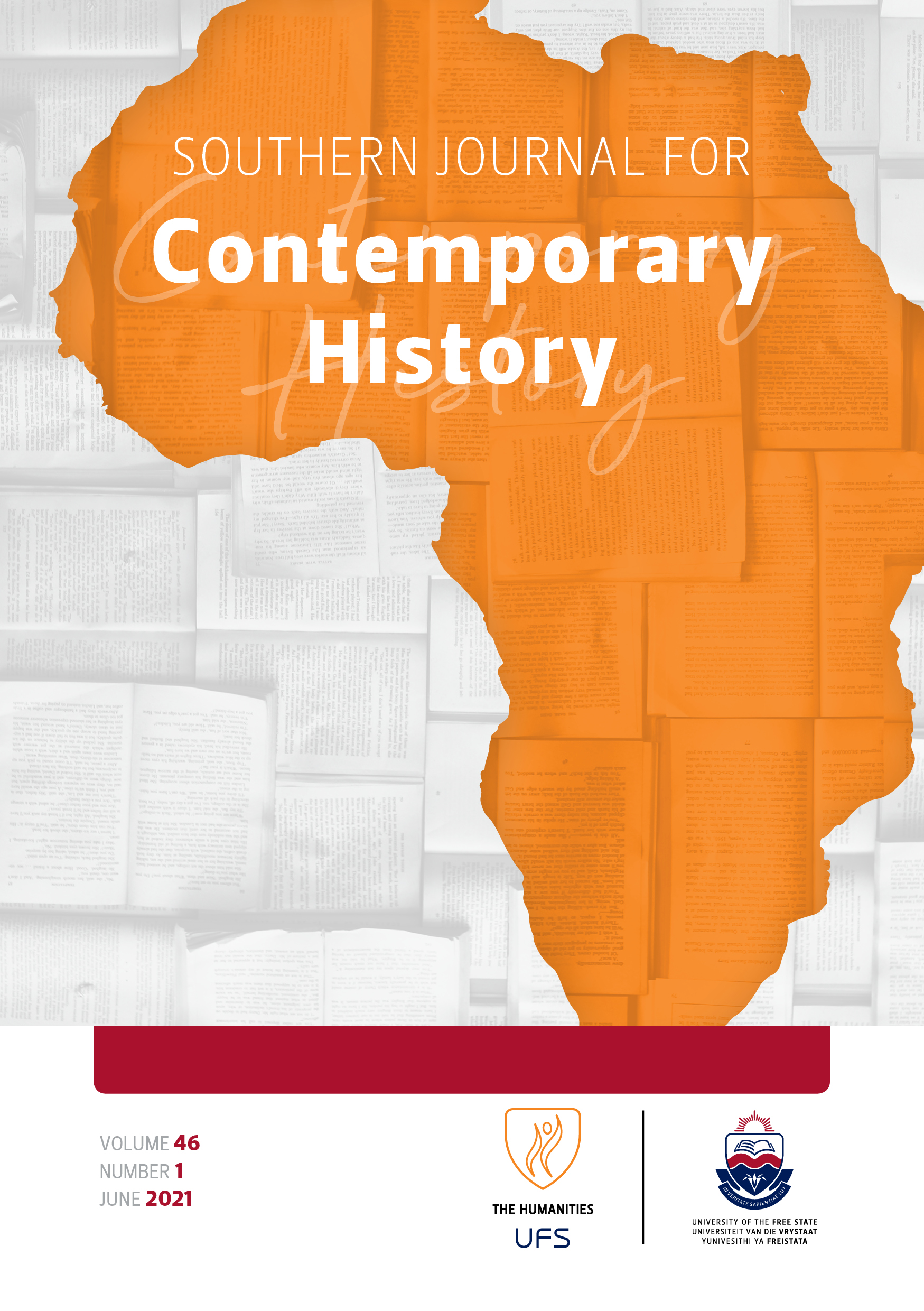Viability and profitability of Northern Rhodesia (Zambia)'s Copperbelt mining companies during the Great Depression, 1929-1939
DOI:
https://doi.org/10.38140/sjch.v46i1.5108Keywords:
Capital and labour, Corporate strategy, Northern Rhodesian (Zambian) mining industry, Copperbelt mines, Great Depression, Production costs, Copper prices, Viability and profitabilityAbstract
The development of large-scale mining on the Northern Rhodesian / Zambian Copperbelt coincided with the global economic slump between 1929 and 1939. In this period, the Copperbelt mines were linked to the regional and global mining industry through foreign private capital, multinational corporate integration, labour strategies, trade networks, and market ties. Because the Northern Rhodesian mining sector depended on foreign capital and international markets, the rapid development of the Copperbelt mines would have been hampered by the global economic downturn. But as it turned out the Great Depression proved to be only a transitory setback for the Northern Rhodesian mines. Thus, this article examines factors that enhanced the financial performance of the Copperbelt mines vis-à-vis their established counterparts in the Belgian Congo and United States of America during the Great Depression. In contrast to studies emphasising the importance of labour strategies in influencing the productivity and profitability of the Copperbelt mines, the article examines the part played by a range of factors from quantity and quality of ores, through to interlocking corporate strategies and managerial innovations, to an economic boom in the copper business on the world market, which affected the overall viability of the Northern Rhodesian mining industry during the Great Depression.
Downloads
##submission.downloads##
Published
How to Cite
Issue
Section
License
Copyright (c) 2021 Hyden Munene

This work is licensed under a Creative Commons Attribution 4.0 International License.




